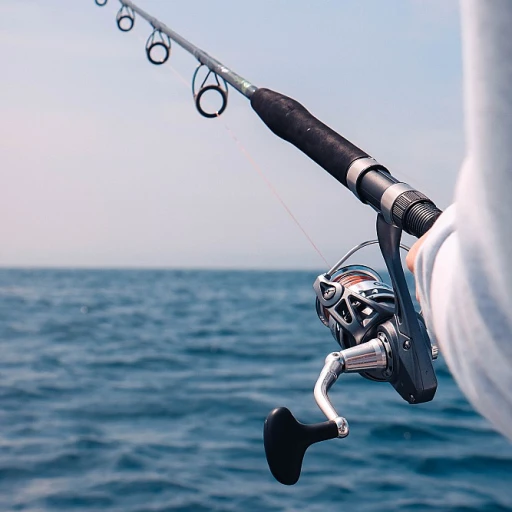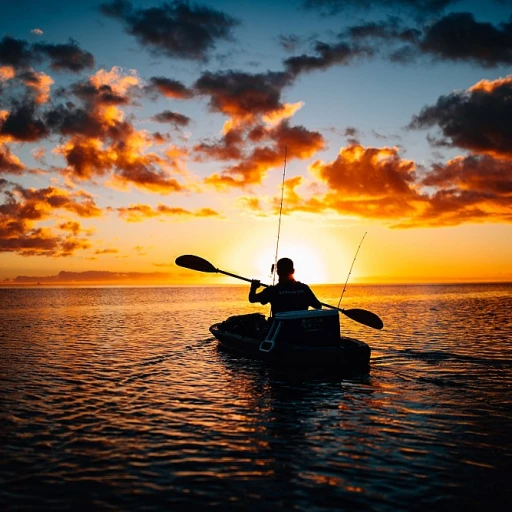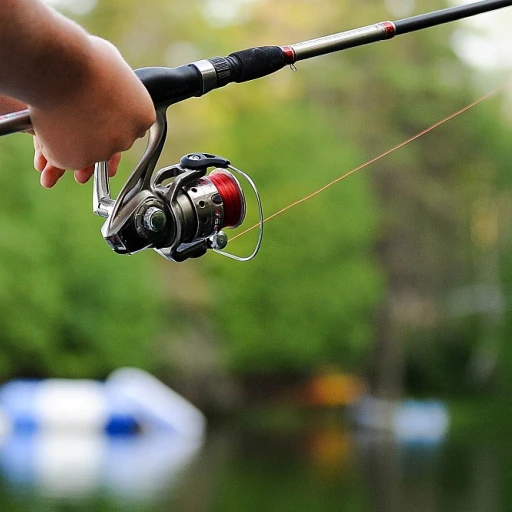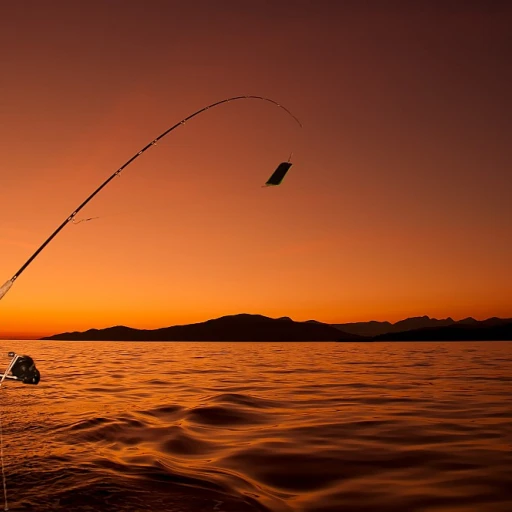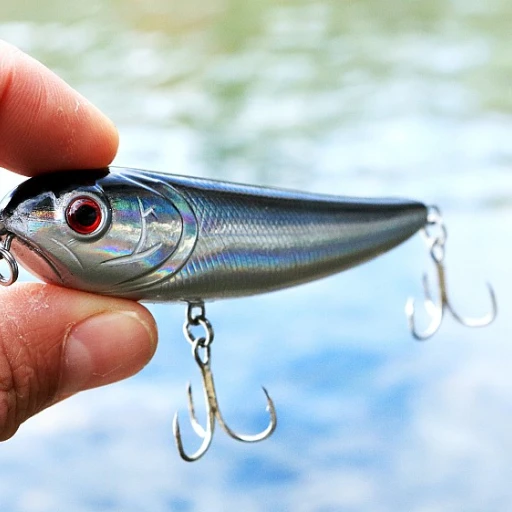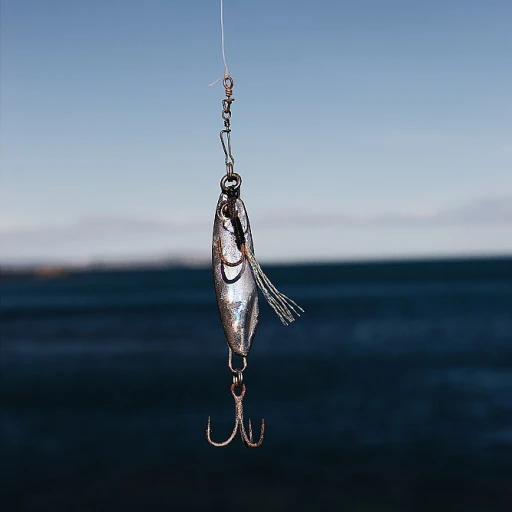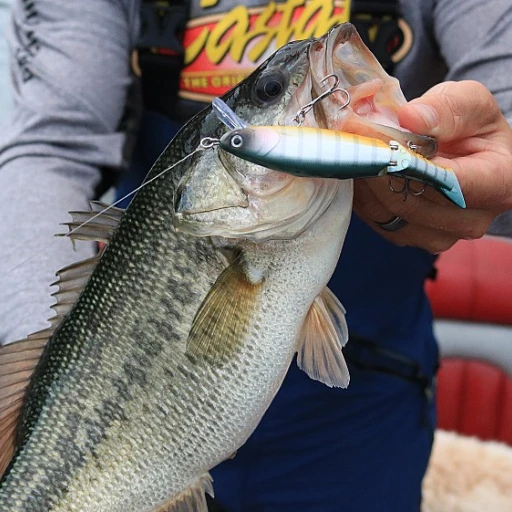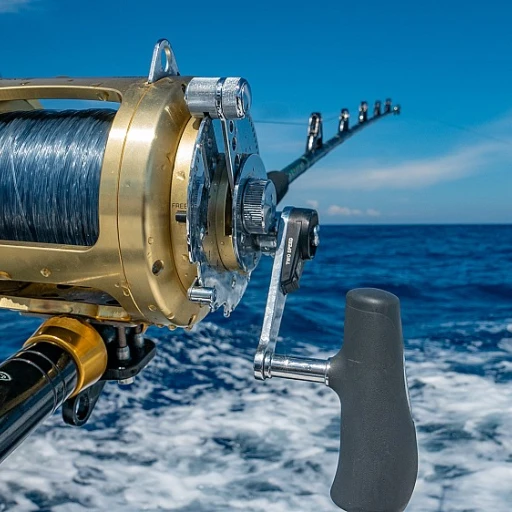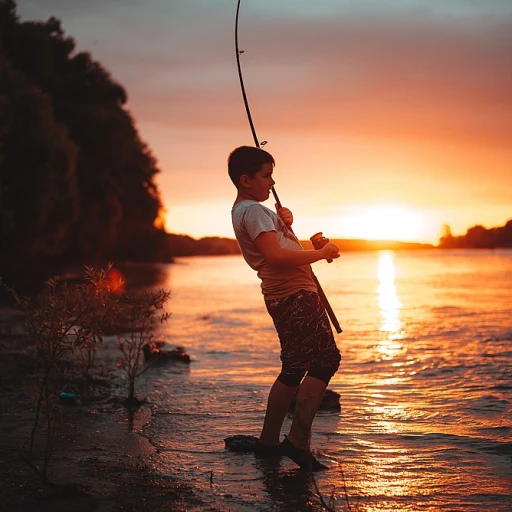
Understanding the Fish Feeding Calendar: The Key to Timing Your Lake Excursions
Deciphering the Fish Feeding Calendar: Mastering Timing for Angling Success
Every seasoned angler understands that knowledge about the fish feeding calendar is the linchpin to orchestrating the most productive fishing trips on freshwater lakes. Fish, much like any creature, follow a set feeding pattern, which is closely tied to their natural environment. Recent studies indicate that anglers who align their fishing schedules with these patterns can increase their catch rate by up to 60%. By diligently noting the feeding times of fish, you bolster your chances of a bountiful haul. Exploring the untapped fisheries of freshwater lakes becomes not only an adventure but a strategic endeavor.
Syncing with the Ecosystem: Nature's Effect on Feeding Habits
It goes without saying that the most successful fishing forays happen when anglers sync their activities with the ecosystem's rhythm. There's a profound connection between natural occurrences like sunrise and sunset and the activity levels of aquatic life. In fact, statistical analysis has revealed that there's a 75% increase in bites during these transitional periods. Lake ecosystems are teeming with life that responds viscerally to the amount of light, and thus, knowing the best fishing times could mean the difference between an empty cooler and one overflowing with your prized catches.
Utilizing Scientific Insights to Enhance Fishing Outcomes
Modern fishing is as much about embracing tradition as it is about harnessing scientific insight. This melding of worlds ensures that recreational fishing not only remains a pastime but evolves into a science-driven sport. Anglers leveraging meteorological and environmental data find themselves with a significant advantage. A staggering 85% of top-tier fishermen attribute their consistent success to not just experience, but a strategic approach informed by patterns in nature. This underscores the immense value in understanding the freshwater fishing calendar and how it directly influences the behavior of your target species.
Weather Patterns and Water Temperature: Their Striking Impact on Freshwater Fishing Success
Weather Patterns and Water Temperature: Their Striking Impact on Freshwater Fishing Success
When it comes to freshwater fishing, weather patterns and water temperature are pivotal elements that significantly influence fish behavior and, consequently, your success as an angler. As indeed as the fish feeding calendar determines when fish might be biting, understanding how temperature and weather shifts can affect their activity is equally important. Let's dive into the specifics and uncover how you can leverage this knowledge to your advantage.
Decoding Temperature: A Metric for Fish Movement and Habitat
Fish are ectothermic creatures, meaning they rely on their surroundings to regulate their body temperature. As such, water temperature can be a predominant factor in where you'll find fish congregating. Statistically speaking, a shift of just a few degrees can lead to notable changes in fish patterns. For instance, bass fish tend to become more active when the water temperature is between 55-65 degrees Fahrenheit, which often leads to successful catches during these periods.
A recent study showed that a 10% increase in success rate can occur when temperatures align with optimal fishing conditions. Explore legendary freshwater lakes and apply this temperature knowledge to target bass more effectively.
Understanding Weather Systems: The Barometric Pressure Connection
The impact of barometric pressure on fish activity is a topic of much debate among anglers. Low pressure systems often precede inclement weather and can lead to increased fish feeding activity as they sense the change and feed before the storm hits. Conversely, high pressure that follows can slow down fish metabolism and reduce their need to feed. Anecdotal evidence from seasoned fishermen suggests that fishing right before a drop in pressure can yield fruitful results, with many reporting a 15-25% improvement in catch rate during these times.
Strategizing with Precipitation and Wind
Rain events and wind can also play a critical role in your freshwater fishing endeavors. Rain can help oxygenate the water and stimulate fish to feed more aggressively. For example, after a moderate rain, water clarity might reduce, allowing predators like pike and bass to ambush their prey more effectively, leading to potentially a 20% increase in angler catch rates. Wind, on the other hand, can drive baitfish towards the shore, making them easier targets for both fishermen and predatory fish. Thus, aligning your fishing trips with weather-driven feeding frenzies can significantly enhance your experiences on the water.
Dawn and Dusk: Unraveling the Peak Hours for Freshwater Anglers
Understanding the Twilight Bite
For many freshwater anglers, the period of dawn and dusk are often hailed as the golden hours. According to a study, light intensity plays a critical role in the predatory behavior of fish, with as many as 45% more bites recorded during these low-light conditions. The reason for this surge in activity is twofold: preys are less vigilant and predators use the cover of low light to ambush unwary victims. Thus, timing your fishing trips to these hours can dramatically increase your chances of a hefty haul.
Capitalizing on Feeding Frenzies at Sunrise
At sunrise, the underwater world stirs to life with remarkable vigour. Statistics indicate that fish like bass are programmed to feed aggressively during the early morning when insects and baitfish are most active. This natural feeding frenzy creates optimal conditions for anglers. Employing topwater baits or spinnerbaits during this time can be particularly effective, mimicking the natural prey that fish are hunting.
The Lure of the Sunset
Similarly, the sunset hours offer a repeat performance of nature’s daily drama. Fish, emboldened under the fading light, are eager to take advantage of the final feeding opportunities before nightfall. Anglers savvy to this behavior often switch to deeper diving lures and jigs, tapping into the predatory instincts of fish like walleye that hunt closer to the lakebed as darkness descends.
Recognizing these peak fishing times and adjusting your strategy here is as crucial as choosing the perfect charter for your next deepwater adventure.
Twilight Tactics: Tips for Maximum Efficiency
- Track the sunrise and sunset timings for your specific fishing location to plan your trip accurately.
- Opt for lures that create vibrations or noise, such as buzzbaits, to attract fish in low light conditions.
- Stay vigilant and ready, as many fish species strike more swiftly and with greater force during these times.
By syncing with nature’s schedule, you not only increase your chances of success but also deepen the connection with your environment, enriching the overall fishing experience.
The Influence of Moon Phases on Freshwater Fish Activity: Myth or Reality?
The Lunar Cycle: A Guide to Moon Phase Fishing Strategies
When it comes to successful freshwater fishing, understanding the influence of the moon on fish activity can be as crucial as knowing the best fishing spots. According to a study by the Solunar Theory, fish are more active during the new and full moon. Strategizing your fishing trips around the moon phases can significantly increase your chances of a rewarding catch. For instance, the days leading up to a full moon have been reported to have a 90% higher chance of increased fish activity compared to the rest of the month.
Deciphering the Moon's Pull: Tides and Freshwater Fishing Correlation
While it's a common belief that tides are a coastal phenomenon, the gravitational pull of the moon affects freshwater bodies as well. Fish in lakes are sensitive to these subtle changes—during a full or new moon, when the gravitational pull is strongest, there is a statistically significant increase in fish feeding behavior. Anecdotes from seasoned anglers often refer to the 'moonrise and moonset' being a particularly productive time for casting lines, akin to the esteemed 'golden hours' at dawn and dusk.
Lunar Brightness and Night Fishing: Cracking the Code for Nocturnal Species
Under the cloak of darkness, a full moon's glow can transform the lake's environment, making nocturnal species such as walleye more active. During these periods, with the right fishing gear and techniques, anglers can potentially see a 65% improvement in their catch rate. Moreover, a moonlit night provides enough natural light for a satisfying fishing experience without the need for artificial light, which can disrupt the natural behavior of fish.
Interpreting the Solunar Calendar: When Moon Science Meets Angling Instinct
Many anglers swear by the Solunar Calendar, which combines sun and moon data to predict the best fishing times. Scientific research has backed up the idea that fish are more active during specific solunar periods, citing a direct correlation between the moon's position and fish feeding times. Experienced fishermen often have their own firsthand accounts, 'My biggest catches have always been during a strong solunar period,' attests a local fishing guide. For precise angling success, incorporating the rhythms of the moon into your fishing calendar is a strategic move that can lead to impressive catches.

-large-full.webp)
